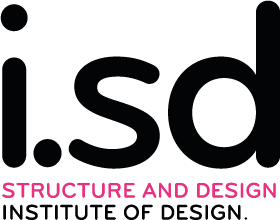The Master’s thesis is dedicated to a theme that has a decisive influence on city life in Innsbruck and has been the subject of numerous discussions over the last decades, which have become more topical in recent weeks due to the announcement of planned reconstruction measures in the relevant area. The aim of this work is to improve urban infrastructure and enhance residents‘ quality of life by improving accessibility and connectivity between city districts by attenuating the barrier created by the tracks of the central station. By merging function, design and social added value, the project is intended to make a lasting contribution to the development and identity of the city of Innsbruck. Based on the master plan for the revitalization of the derelict Innsbruck freight station, designed in 2002 by Arge Greulich, one of the planned bridges is selected. This study concentrates on the development of one of these connections, located in the 2nd block of the master plan, extending from the north. The design takes into account larger open spaces and smaller block edge development as outlined in the master plan. The bridge, which acts as a key element of the master plan, was designed not only to establish a functional connection between the districts, but also to create a new urban centre supporting various social and cultural activities. The integration of an artificial wave in the Sill river allows residents and visitors to the city to enjoy a unique leisure experience by being able to experience surfing in the heart of the city. In addition, generous spaces on the bridge provide ample space for gathering and events that help to strengthen social networking within the city and foster a vibrant sense of community. In addition to generous open spaces and the artificial wave, the design of the bridge also includes a rooftop bar, which offers a breathtaking panoramic view of the city and the surrounding mountain landscape as well as the artificial wave and the bridge’s consumer-free meeting areas. This additional space creates an inviting atmosphere for relaxation, recreation and enjoyment and contributes to the bridge’s appeal as a public meeting place. The organic form of the bridge is complemented by discrete parts that create an interesting architectural contrast and emphasise the uniqueness of the structure.

